ChatGPT makes coding faster, simpler, and more accessible — even if you’re not an experienced programmer.
By describing what you need in plain English, you can:
Save time
Skip manual searching for code snippets or tutorials.
Simplify development
Focus on what you want the code to do, not how to structure it.
Learn by example
Review the scripts ChatGPT generates to better understand Python.
Get instant help
Debug errors, refactor code, or add features with quick follow-up prompts.
1. An OpenAI Account- Free users can access GPT-3.5
- Paid users (ChatGPT Plus) can use GPT-4, which is more accurate and consistent
2. A Task Description
You don’t need technical jargon — just describe what you want the script to do, and ChatGPT will handle the rest.
3. A Python Environment
Use any Python editor or IDE (like VS Code, Replit, Google Colab, or Jupyter Notebook) to run the code you generate.
• Log in and select GPT-3.5 or GPT-4 if you’re a Plus subscriber
Type a prompt describing the task.
The more detail you give, the more accurate the script.Example Prompt:
“Create a Python script that reads a CSV file, filters rows where the ‘status’ column is ‘Pending’, and saves the result into a new CSV file.”
Prompt Tips:
- Include what the script should do (input, action, output)
- Mention tools or libraries to use (e.g., pandas, requests)
- Clarify the expected file formats or parameters.
ChatGPT will generate a Python script with comments and proper structure.
It may include:- Library imports
- Functions or loops
- Error handling (if applicable)File input/output
If something is unclear, you can ask follow-up questions like:- “Explain what this function does.”
- “Can you add error handling?”
- “Turn this into a reusable function.”
- Copy the code block into your editor.
- Make sure required libraries are installed (e.g., run pip install pandas).
- Execute the script and verify the output.
If there’s an error, you can paste it back into ChatGPT and ask how to fix it.
Once your script works, you can take it further:
- Add comments or docstrings for clarity.
- Refactor into functions or modules for reusability.
- Create a user interface using tkinter or streamlit.
- Build a command-line tool using argparse.
- Schedule automation with Task Scheduler (Windows) or cron (Linux/macOS).
Just ask ChatGPT to help with any of the above, and it can generate the additional code.
Python scripts created with ChatGPT are used across many fields:
1. Automation
Rename files, clean folders, organize data, or generate reports on a schedule.
2. Data Analysis
Read and process spreadsheets, filter data, calculate averages, or create simple charts.
3. Web Scraping
Extract information from websites using requests and BeautifulSoup.
4. Rapid Prototyping
Test out app features, build MVPs, or simulate logic before full development.
Prompt Used:
“Write a Python script that reads an Excel file, groups sales data by region, creates a bar chart of totals, and saves it as a PNG image.”
Result:
ChatGPT generated a script using pandas and matplotlib, with a chart saved as an image file.
Impact:
The user automated their weekly sales summary and stopped doing it manually in Excel. The new workflow saved over 3 hours per week and improved consistency across teams.
Be clear and detailed in your prompt
The more specific you are about inputs, outputs, and logic, the better the generated code will match your needs.
Start simple, then add complexity
Begin with a basic script first. Once it works, ask ChatGPT to expand or refine it.
Request explanations
If you don’t understand a part of the code, ask ChatGPT to explain it line-by-line.
Verify and test your code
Always run and test generated scripts in your local environment before using them in production.
Install necessary libraries
Check that any required packages (like pandas, requests, matplotlib) are installed before running the script.
Keep security in mind
Avoid running scripts on sensitive files or systems without reviewing the code carefully for potential risks.
Whether you’re building tools, automating tasks, or learning how code works, it’s never been easier to go from prompt to Python.
Just describe what you need, and let ChatGPT do the coding.

